Ways to Understand People's Search Intent
Loves Data
If you’re advertising on Google you’re probably trying to increase conversions, improve your brand’s visibility, or both.
But what keywords should you target?
Which ones will help achieve your goal?
If you’re already running campaigns, you’re in a good position to make decisions about your existing keywords, but what about keywords you haven’t been targeting?
This is where understanding a user’s search intent can help inform the keywords you select for your campaigns.
Understanding intent can help in other ways too. You’ll be able to tweak your landing pages and copy to align with what people are searching for and what they expect to see (and read) when they land on your website.
Understanding Keywords
You can classify keywords into navigation keywords, research keywords and conversion keywords. These align with the different steps in your conversion funnel, from awareness right through to retention.

Navigation Keywords
These keywords are used by people to get somewhere – they know what they want and they just need to get there. Navigation keywords are typically brand terms, including company and product names.
For example, someone searching for gmail wanting to navigate to Google’s email service. They know what they want, but they don’t know how to get there directly. They’re using the keyword to navigate.
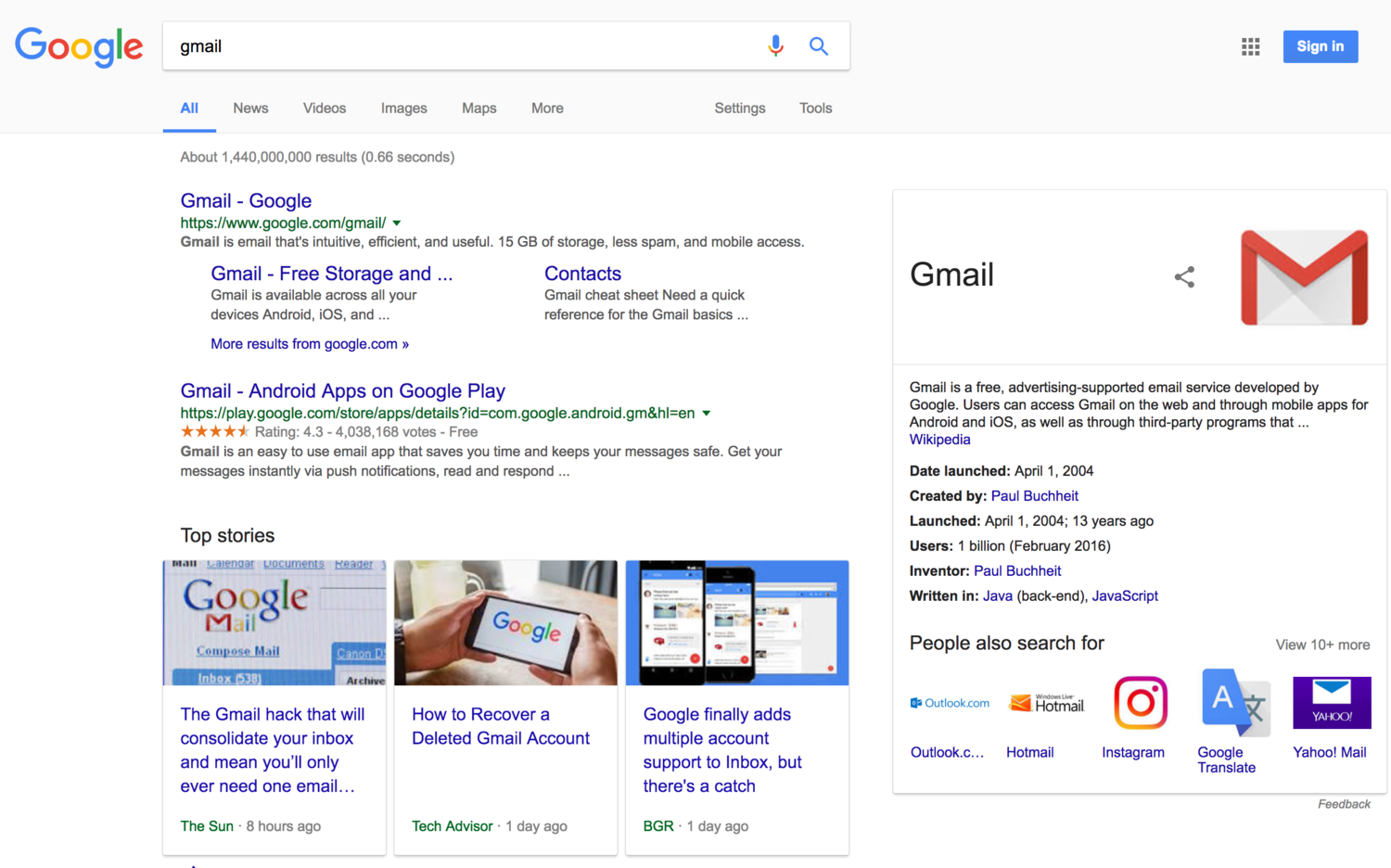
Navigation keywords can also be used as a way to refine search results, for example, someone searching for bike gear site:wired.com wanting to navigate to relevant pages on Wired’s website.

Research Keywords
Sometimes you’ll be able to easily identify keywords used for research and sometimes it requires us to assume what someone wants. If we compare someone searching for digital camera reviews to someone searching for camera. There’s likely to be a huge difference in their intent. We can see that the first person is researching. They have a topic they’re interested in and they’re researching. However, the generic keyword of camera is trickier since someone could be searching for a wide range of reasons.
People researching are going to be higher up in your conversion funnel. Since the person searching for digital camera reviews is less likely to convert than someone searching for buy sony rx100 v who is ready to purchase a particular camera model.
Conversion Keywords
Keywords searched by people who are ready to convert are some of the most competitive terms you can target in your campaigns because they indicate that someone is ready to purchase or convert. They know exactly what they want.
We’ve already seen the example of buy sony rx100 v, so we know that seeing buy in the keyword tells us it’s a conversion keyword. However these types of keywords aren’t limited to purchasing products. We can also look for keywords that include book (like book a flight to mexico) and coupon (like gym membership coupon). Both of these people are ready to convert for these services.
Hybrid Keywords
Hybrid keywords fall into multiple categories, so it’s hard to pinpoint intent. For example, real estate agent toronto could be a research keyword or a conversion keyword.
If you’re trying to focus on driving traffic to the bottom of your conversion funnel to increase your conversions, then it might be hard to avoid hybrid keywords. In this case, you’ll need to monitor your campaign and be on the look out for negative keywords. You can do this by regularly reviewing the search queries report inside Google AdWords. This report shows you the actual terms people are searching for when they see and click on your ads.
Devices
The devices people use when they’re searching for your products or services will impact on the keywords they use.
Google has said that people using mobile devices “may search for shorter phrases or more brand terms”. This means that someone might have the intent to convert, but since they’re using a mobile device they use a keyword that can be mistaken for a research keyword.
For example, someone might search for book a flight to mexico on their desktop while on a mobile device they might simply search for mexico flights. The good news is that we can use the Forecasting tool inside the Google Keyword Planner to understand performance on different devices.
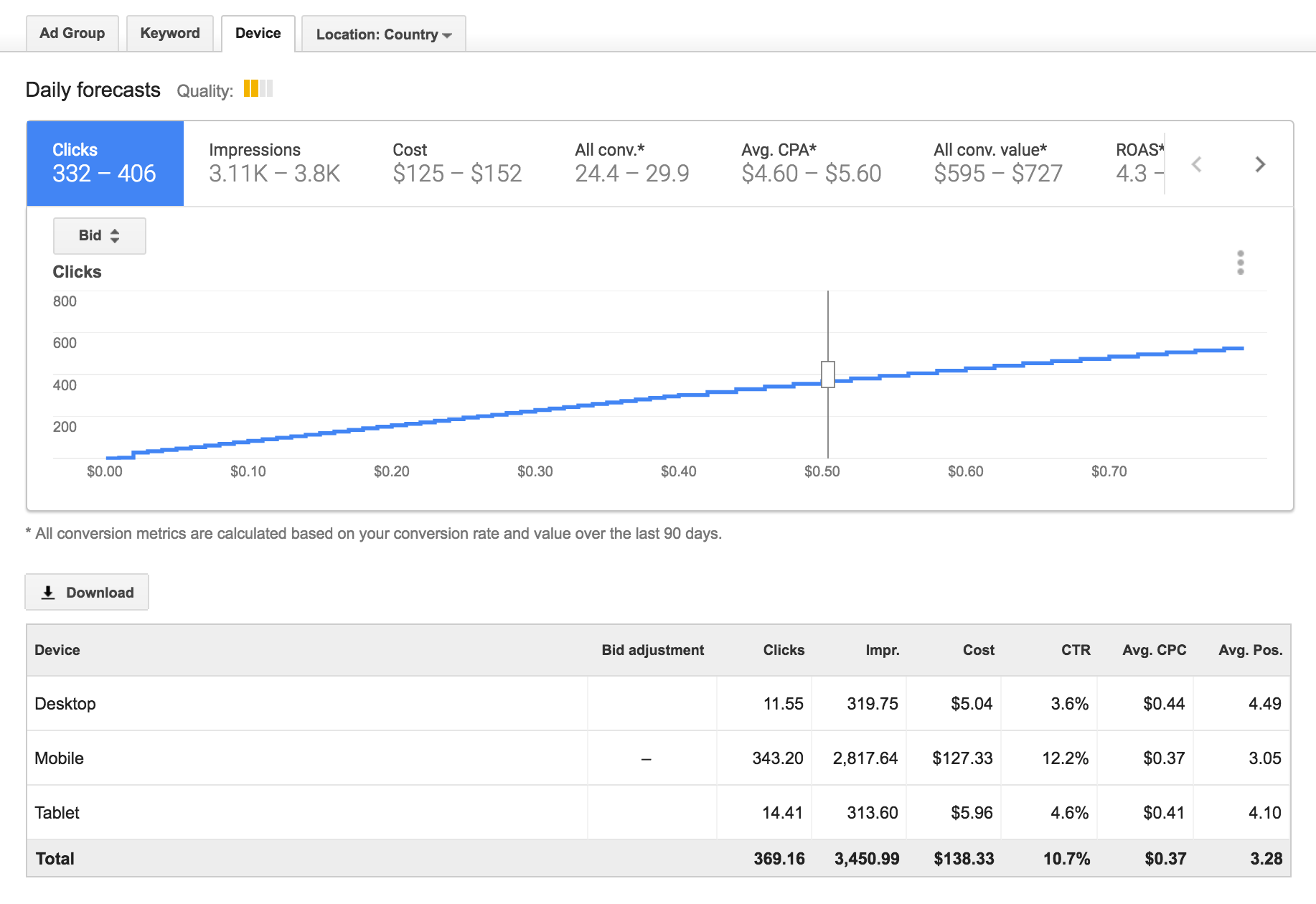
This is also the case for voice search. Google has said that 20% of their mobile searches use voice search and Bing has reported 25%.


Source: Google
Since we can’t segment our keyword data for voice search will need to do our best to use insights from mobile to understand user intent.
Keyword Research
Keyword research is the foundation of starting new campaigns. As you begin building your keyword lists you should be classifying the keywords and deciding which ones match the objectives of your campaign. You should focus on keywords to suit your desired user intent.
You can use the Google AdWords Keyword Planner, Google Search Console and even tools like Bing Webmaster Tools and SEMrush (affiliate link) to identify potential keywords you want to target.
If you’ve run campaigns that include keywords that relate to your new campaign, then you can also use your historical data to find additional keywords to target (and negative keywords).
Apart from keyword research, there are other ways to understand user intent. These include using analytics reports and collecting qualitative feedback on your website.
Google Analytics
It’s always a good idea to jump into Google Analytics to help understand how people engage on your website.
Google Analytics won’t provide exact details about your audience’s intent since it’s providing you with quantitative data. It’s telling you the what and the how, but not the why. However, you’ll still be able to find insights into user intent.
Behavior Flow
You can use the Behavior Flow report to see where people travel to from particular landing pages on your website.
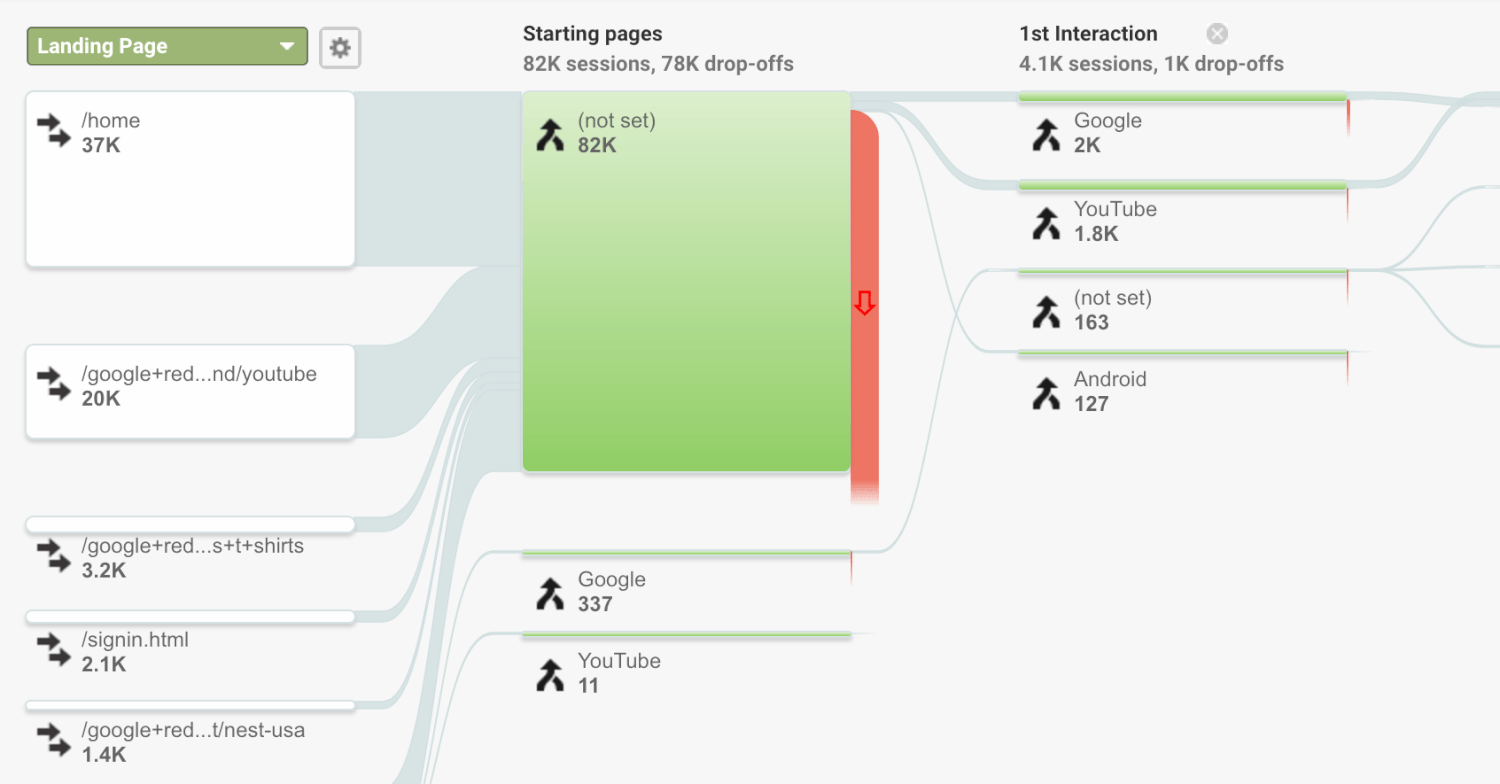
If people travel from your landing page to your shopping cart, contact page or other conversion pages, then these users fall into your conversion category. While people traveling to other content pages, blog posts or product pages are more likely to be researching.
Site Search
If people land and then perform a search within your website, then you can use the Site Search reports to understand what they’re trying to find.
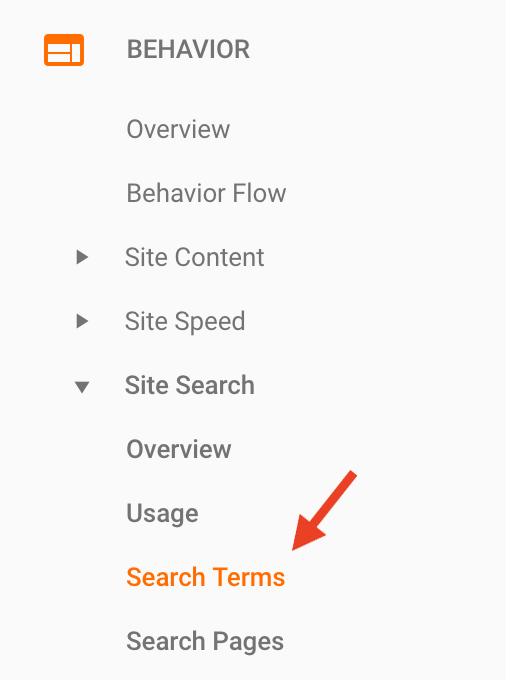
In this case, you can review the keywords and see if they fall into the navigation, research or conversion categories.
Heat Maps
Heat maps can be useful for understanding user intent. You can install Crazy Egg, Hotjar or Yandex Metrica on your website and you’ll be able to create heat map reports.
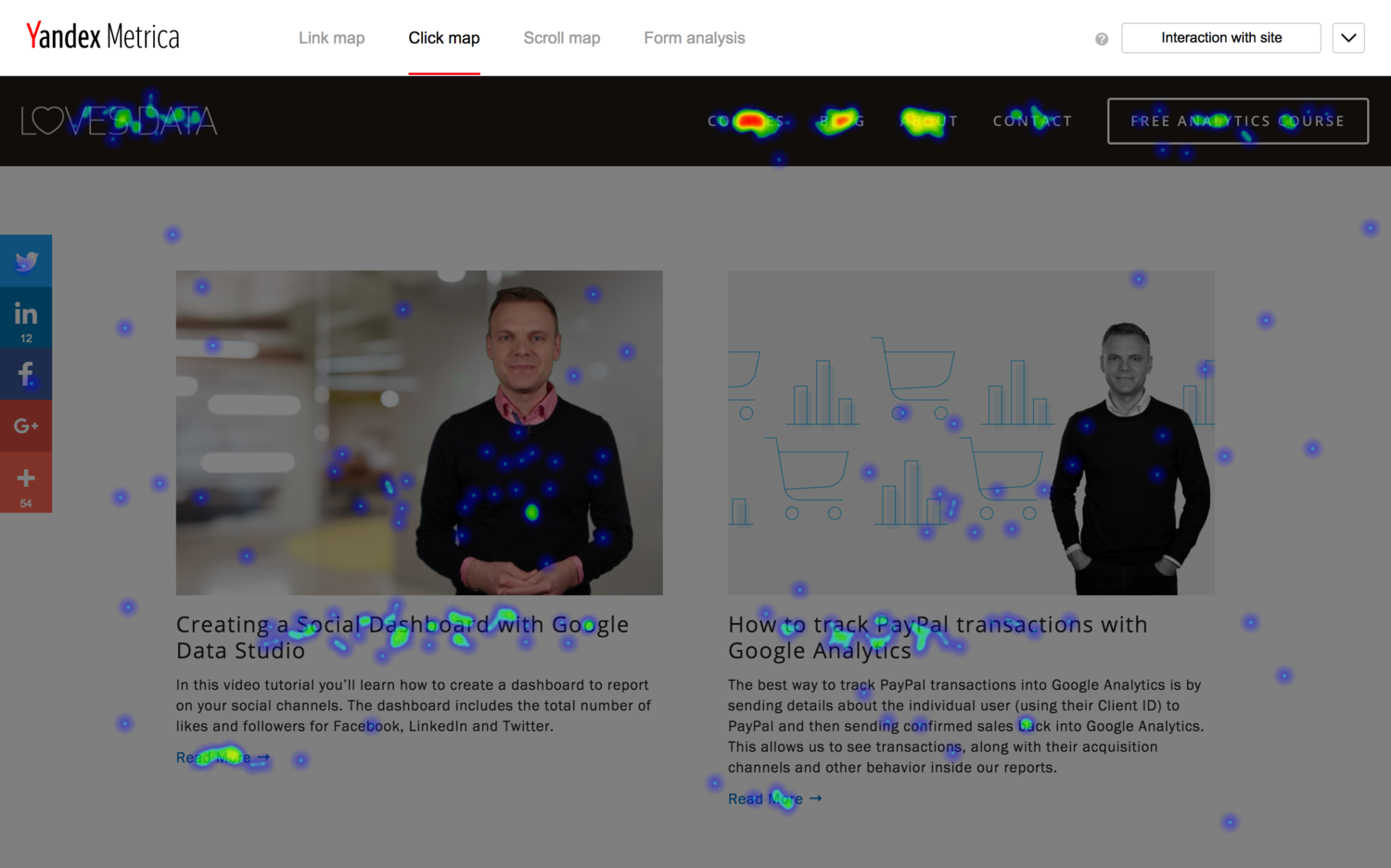
You can use these reports to see where people click within your pages. Depending on where people click, you can begin to understand what they’re looking for on your website. People who are still researching or comparing options will travel to other pages on your website, while people ready to convert will take more direct navigation paths.
User Recordings
Tools like Yandex Metrica and Hotjar provide user recordings which allow you replay how individual users have navigated through your website.

You can use these reports to understand intent by looking for content that people spend more time viewing and where they navigate to on your website.
To understand search intent, you should focus on user recordings for people who have found your website after performing a search.
Qualitative Surveys
You can complement your quantitative data from Google Analytics and other tools with qualitative research from user surveys.
You can use Google Surveys and Hotjar to ask your audience about their experience, what they’re looking for and pain points they’ve encountered.
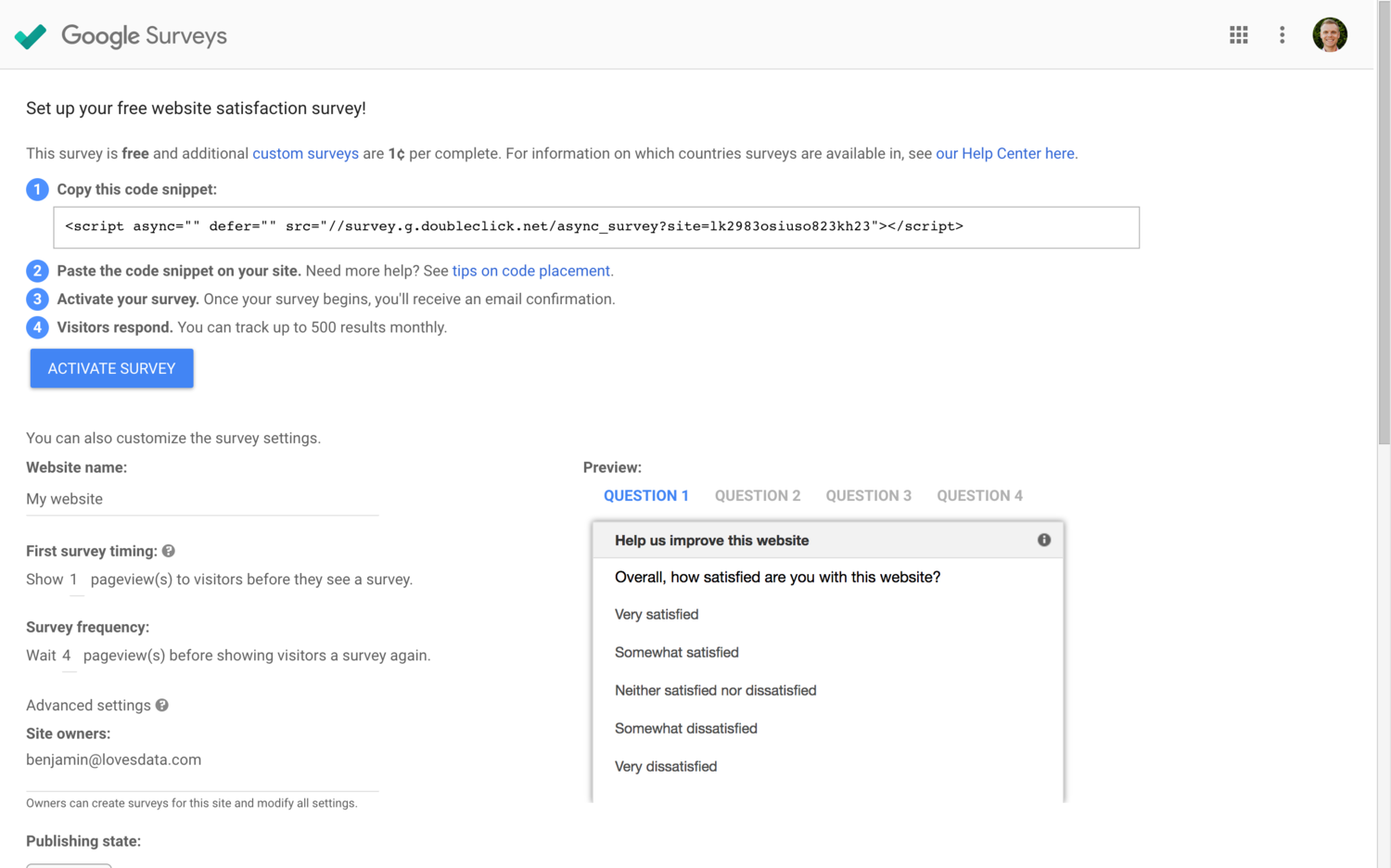
The survey responses allow you to hear directly from your audience and can be used to understand their intent.
Conclusion
That’s it.
You’re on your way to understanding user intent.
By classifying keywords as navigation, research and conversion you’ll be able to target the keywords that align with your objectives.
At times you’ll need to go with your instincts, especially if you’re using quantitative data, but you’ll quickly become more comfortable interpreting what you see inside your reports




Comments